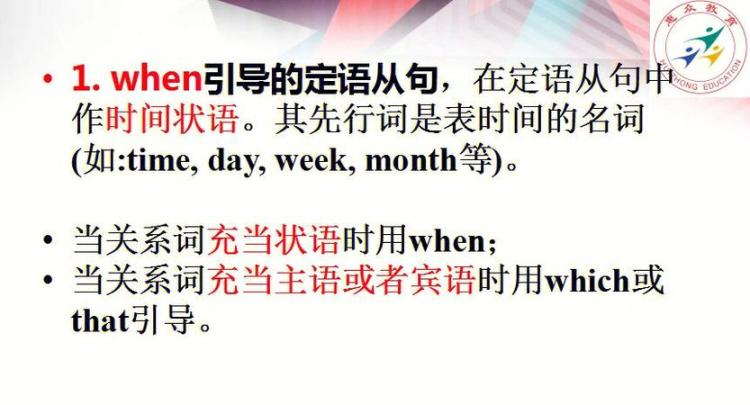英语中的从句由关系词、连词和状语从句引导词引导。关系词如who、that等连接主句和从句并在从句中充当名词、形容词或副词。连词如but、so等连接两个独立的从句。状语从句引导词如when、although等引导一个从句,提供关于主句中事件发生的时间、原因、条件或方式的信息。理解这些从句引导词的类型和用法是理解英语复杂句结构的关键。

关系词
关系词引导的从句是最常见的从句类型。这些词包括who、whom、whose、which、that和where等。关系词用于连接主句和从句,并在从句中充当名词、形容词或副词。
例如:
- The man [who is standing over there] is my neighbor.
- The book [that I borrowed from the library] was really interesting.
在这些例子中,关系词who和that引导了从句,并在从句中充当了名词。
连词
连词引导的从句是另一种常见的从句类型。这些词包括and、but、or、nor、yet和so等。连词用于连接两个独立的从句,使它们成为复合句。
例如:
- I want to go to the beach, [but it's raining outside].
- She is studying hard, [so she can pass the exam].
在这些例子中,连词but和so引导了从句,并连接了两个独立的从句。
状语从句引导词
最后一种从句类型是状语从句引导词。这些词包括when、if、because、although和since等。状语从句引导词用于引导一个从句,该从句提供关于主句中事件发生的时间、原因、条件或方式的信息。
例如:
- [When I woke up this morning], it was already afternoon.
- [Although he is smart], he still struggles with math.
在这些例子中,状语从句引导词when和although引导了从句,并提供了关于主句中事件发生的时间和条件的信息。

